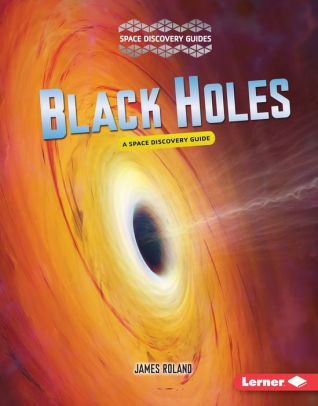Fall is weeding time, when we comb through the collections, removing books that are worn, that have stopped circulating, or in the case of nonfiction, books that are too old.
As an old thing myself, I hate to just dismiss somethings worth because of its age. I mean, space for example: okay, so Pluto is not a planet any more, but have black holes really changed?
9781512425864
$31.99
Black holes are one of the greatest mysteries of outer space. No visible light can escape the strong gravity of a black hole. This makes black holes invisible—and very difficult to study. But scientists make new discoveries and develop new theories about these mysterious objects every day. In 2015, astronomers were able to finally confirm a theory that Einstein had developed one hundred years earlier! And in 2016, scientists found that black holes may form in a different way than they ever thought possible.
Well, that answers that question! Good timing on Lerner's part, then, because that is the section I happen to be on right now.
Other titles in this series include:
Garbage in Space
Mars Missions
Pluto (I'm sorry, it will always be a planet)
Private Space Travel and
9781512425888
$31.99
Are you tired of me praising Lerner's binding? Too bad. For books that circulate (like those on space or animals), a good binding becomes just as important as copyright date when it comes to weeding time. I have never had to discard a book published by Lerner, however popular, because of its physical condition. Know how this happens to the spines of many books?
Never to Lerner's. Take note, other publishers!
Black Holes begins with a story of the above-mentioned discovery. As a non-sciencey kid, I always appreciated the story approach to getting my attention. The information that follows is easily accessible to this non-sciencey adult. And the Madeleine L'Engle fan in me totally 'got' the illustration of time-space bending!
While the illustrations often look like photographs, the captions are careful to label them as "this artist's impression", etc - because, of course, no one has photographed a black hole yet! (And when they do we will all have to go out and update our books again.) A poorly illustrated nonfiction book, especially one that is just grainy black and white photographs, simply will not check out, regardless of how interesting the text is. Between illustrations and diagrams (and some old black and white photographs), this title has no worries there.
Astronauts, of course, had plenty of photographs available. From the cover's iconic floating-in-space image, we go on to a garden at the International Space Station - well, that's new, too! Readers learn about the history of astronauts, requirements, training, missions, and job hazards. Did you know astronauts have to go through wilderness survival training, in case they land somewhere unexpected? I didn't! And did you know the lack of gravity can cause a stuffy nose, so you can't taste your food as well? Me neither!
Overall, a highly entertaining and informative series.



No comments:
Post a Comment